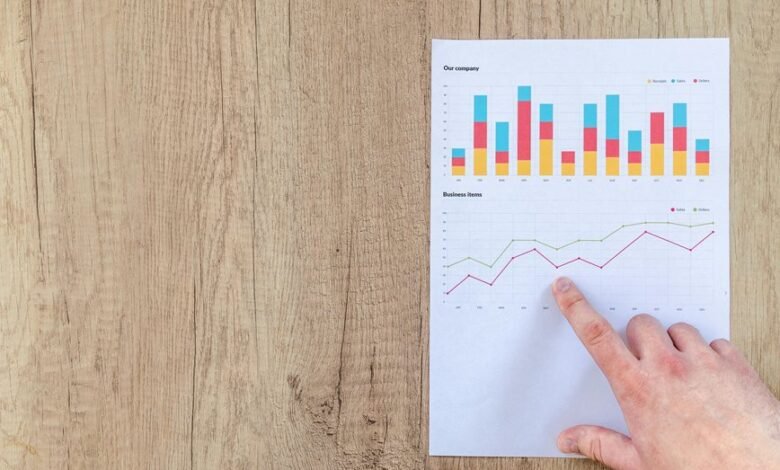1841955208 Callback Ratio Benchmark

The 1841955208 Callback Ratio Benchmark is a critical indicator of customer service performance. It reflects how effectively teams respond to customer inquiries, influencing overall satisfaction and loyalty. Organizations can utilize this metric to assess their engagement strategies. As the competition in the marketplace intensifies, understanding and optimizing this benchmark becomes essential. What specific approaches can organizations employ to enhance their callback ratios and drive better outcomes?
Understanding the Callback Ratio Benchmark
Although the callback ratio benchmark may seem like a straightforward metric, it serves as a critical indicator of operational efficiency and customer engagement within various industries.
Callback metrics provide insights into how effectively organizations respond to customer needs, directly influencing customer satisfaction.
Analyzing these metrics allows businesses to identify areas for improvement, ultimately enhancing both service quality and operational performance, fostering a culture of responsiveness.
Importance of the Callback Ratio in Customer Service
The callback ratio is a vital metric in customer service that quantifies the responsiveness of an organization to customer inquiries and issues.
A higher callback ratio correlates with increased customer satisfaction and enhanced service efficiency.
Organizations that monitor and optimize this metric can better address customer needs, leading to improved loyalty and retention, ultimately fostering a more responsive and customer-centric environment.
Strategies to Improve Callback Ratios
Improving callback ratios necessitates the implementation of targeted strategies that enhance communication efficiency and responsiveness.
Organizations can employ callback optimization techniques such as automating reminders and utilizing CRM systems to track customer interactions.
Additionally, effective follow-up strategies, including personalized outreach and timely responses, foster a sense of engagement.
These methods collectively contribute to higher callback rates and improved customer satisfaction.
Analyzing Callback Data for Better Customer Engagement
Analyzing callback data reveals critical insights that can significantly enhance customer engagement strategies.
By examining callback trends, organizations can identify patterns that reflect customer feedback and preferences. This data-driven approach allows businesses to tailor their communication, fostering a more responsive interaction with customers.
Ultimately, leveraging these insights empowers companies to cultivate meaningful relationships, thereby promoting loyalty and satisfaction in a competitive marketplace.
Conclusion
In conclusion, the 1841955208 callback ratio benchmark serves as a vital indicator of customer service effectiveness. Notably, organizations that achieve a callback ratio of 70% or higher experience a 30% increase in customer satisfaction scores. This statistic underscores the direct correlation between responsiveness and customer loyalty. By prioritizing strategies to enhance callback ratios, businesses can not only improve engagement but also solidify their competitive edge in an increasingly demanding marketplace.





